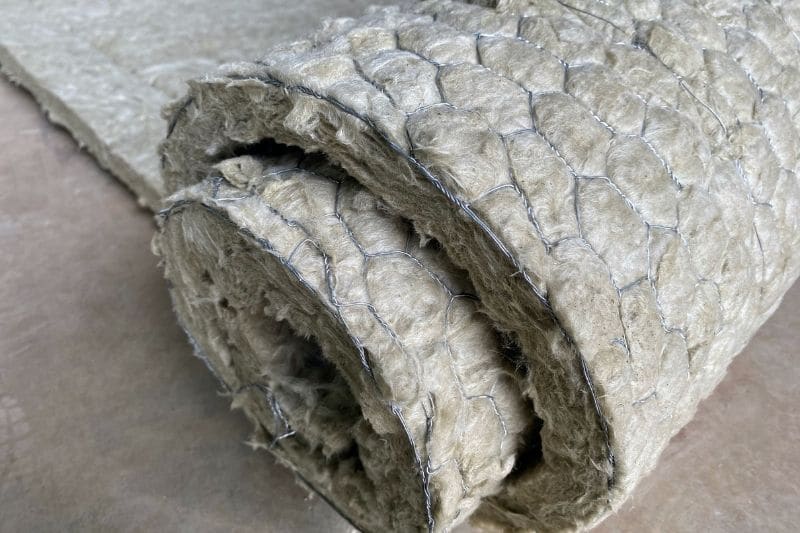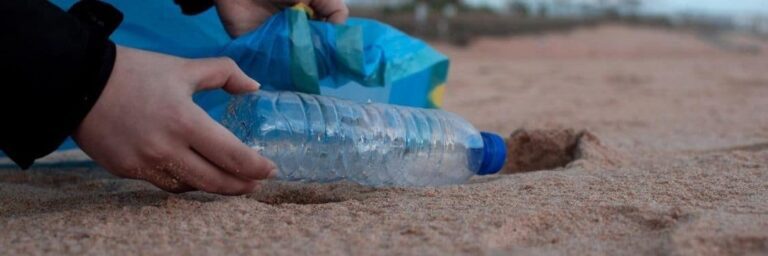Asbestos is a naturally occurring mineral that is used and seen in many construction projects and even in our homes. However, if not removed and disposed of properly, this mineral has the potential to cause serious health problems.
Simply put, asbestos should be removed and disposed of professionally by a licenced asbestos contractor. If you suspect the presence of asbestos materials in your home or business, call an expert immediately.
But first, we’ll go over some laws and best practices for asbestos removal and disposal in NSW.
What is Asbestos?
Asbestos is defined as the fibrous form of mineral silicates from the serpentine and amphibole mineral groups. If these fibres are inhaled, they can cause asbestos-related diseases such as asbestosis, lung cancer, and mesothelioma.
This substance is commonly found in residential and commercial properties and even in the environment today as a result of its widespread use in construction and renovation in the twentieth century.
This soft, fibrous mineral is found in many natural materials such as rock, soil, and dirt. It is also used in insulation, fireproofing, and other applications. Asbestos is found in a variety of structures as well, including schools, warehouses, and hospitals.
So, if your home or building was constructed before 1990, this substance is very likely to be present. The best thing you can do is hire a professional asbestos removalist for the job.
How to Identify Asbestos
Knowing how to handle asbestos is one way to keep yourself safe, given that it has been linked to cancer and other diseases. Asbestos can be avoided in a number of ways, but the most effective is to know where asbestos materials come from.
Prior to addressing how to avoid contact with asbestos, keep in mind that this dangerous substance is commonly found in the following:
- Floor tiles, roof tiles, ceiling tiles, insulation, cement, and a variety of other items
- Cement-based products, such as fibre cement sheets and pipes
- Loose-fill, pipe, and boiler insulation are examples of insulation products.
- Friction materials, such as clutch plates and brake linings
- Linoleum, vinyl floor tiles, and gaskets
- Meter boards for electricity
- Caulking
- Wiring
- Roofing and packing supplies
- Paints and masking tape
- ..and more
Asbestos materials can also be found in a variety of household items such as clothing, blankets, and carpets. If you come across these materials, take the precautions listed in the following section to avoid coming into contact with them.
Best Practises in Handling Asbestos Removal & Disposal
There are two types of asbestos, these are:
- Friable asbestos
Friable asbestos is asbestos that can be crumbled, pulverised, or reduced to powder without the use of tools. This type of substance is not the same as the more dangerous and lethal forms of asbestos. The fibrous mineral can be found in the environment in a variety of crystalline forms, such as chrysotile, amosite, crocidolite, and chrysotile.
- Non-friable asbestos
Non-friable asbestos is a loose type of asbestos that does not break into powder. This material contains asbestos fibres that have been reinforced with a bonding compound. Non-friable asbestos is commonly found in a variety of building materials, such as ceiling tiles, roofing tiles, floor tiles, wall tiles, pipes, and gutters.
pes of asbestos varies, they all contain materials that are toxic to humans, animals, and the environment.
Here are the safety practices for dealing with these hazardous materials:
- Before starting the removal and disposal job, make sure you have everything you need
- Wear a piece of protective equipment such as Personal Protective Equipment (PPE)
- Use a standard required LEV or a Class H HEPA vacuum if drilling into asbestos
- To safely remove asbestos, wrap it and dispose of it according to the SafeWork Australia Code of Practice
- Finally, make sure you decontaminate the area and yourself
If you are unsure, you can check the procedure outlined in the SafeWork Australia Code of Practice – How to Remove Asbestos Safely. Remember, asbestos should be disposed of at a waste disposal facility that is licenced to accept asbestos waste.
According to NSW regulations and guidelines, areas with bonded asbestos larger than 10 square metres must be removed by a licenced asbestos removalist. Yes, you read that correctly. If it exceeds the required limit, the job should be handled by a licenced contractor.
It is, however, discouraged to handle asbestos on your own because asbestos can cause serious diseases when inhaled. Furthermore, a professional contractor will not simply come to your home or business and remove and dispose of this substance.
Licenced professionals are required to comply with a number of requirements before removing bonded material. This includes the following:
- Notify local agencies of the removal and disposal within a specified time frame
- Have a qualified individual supervise the removal of the toxic material
- Having appropriately trained personnel remove the debris.
Bottomline
If you suspect your home or business contains asbestos, don’t touch or disturb the debris. Inhaling this toxic material can lead to serious health problems. Even professional asbestos removalists take precautions when handling this type of substance. The same precautions should be taken by individuals as well.
Simply contact a reputable and licenced contractor in your area for safety and convenience. And, because asbestos removal and disposal is a complicated and costly process, we provide our clients with a complete package of asbestos removal and disposal services.







